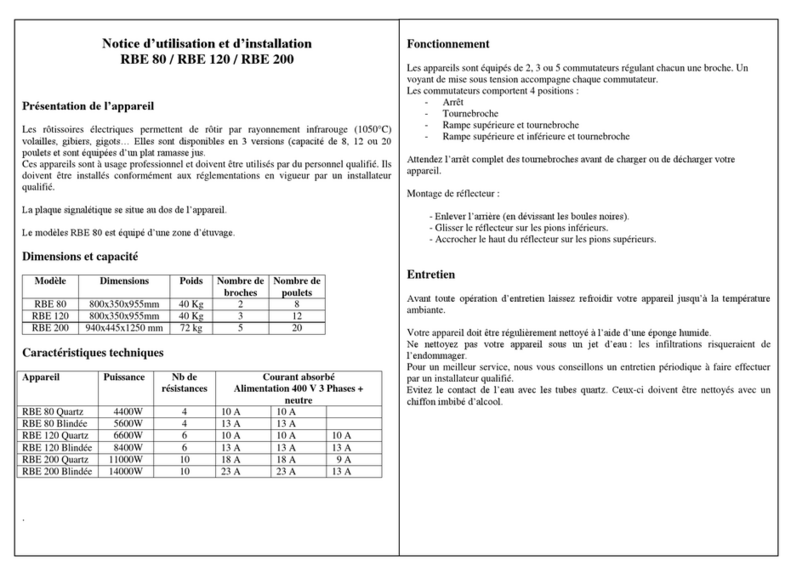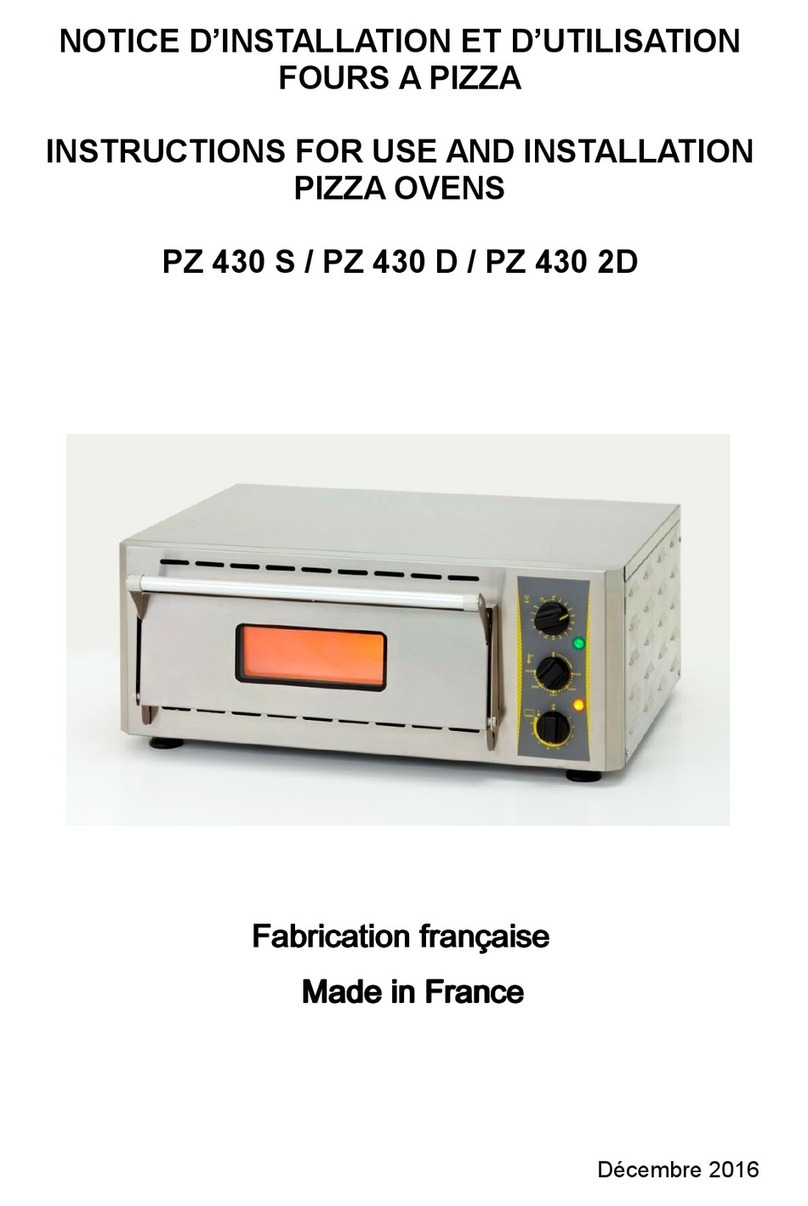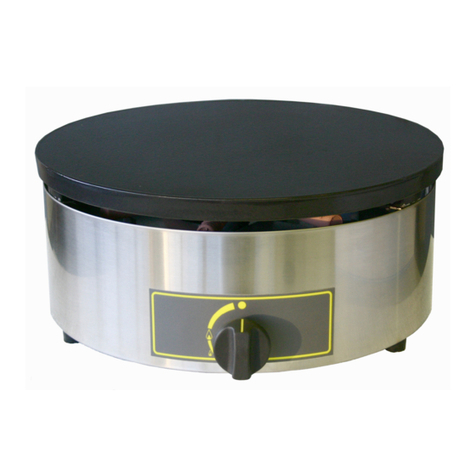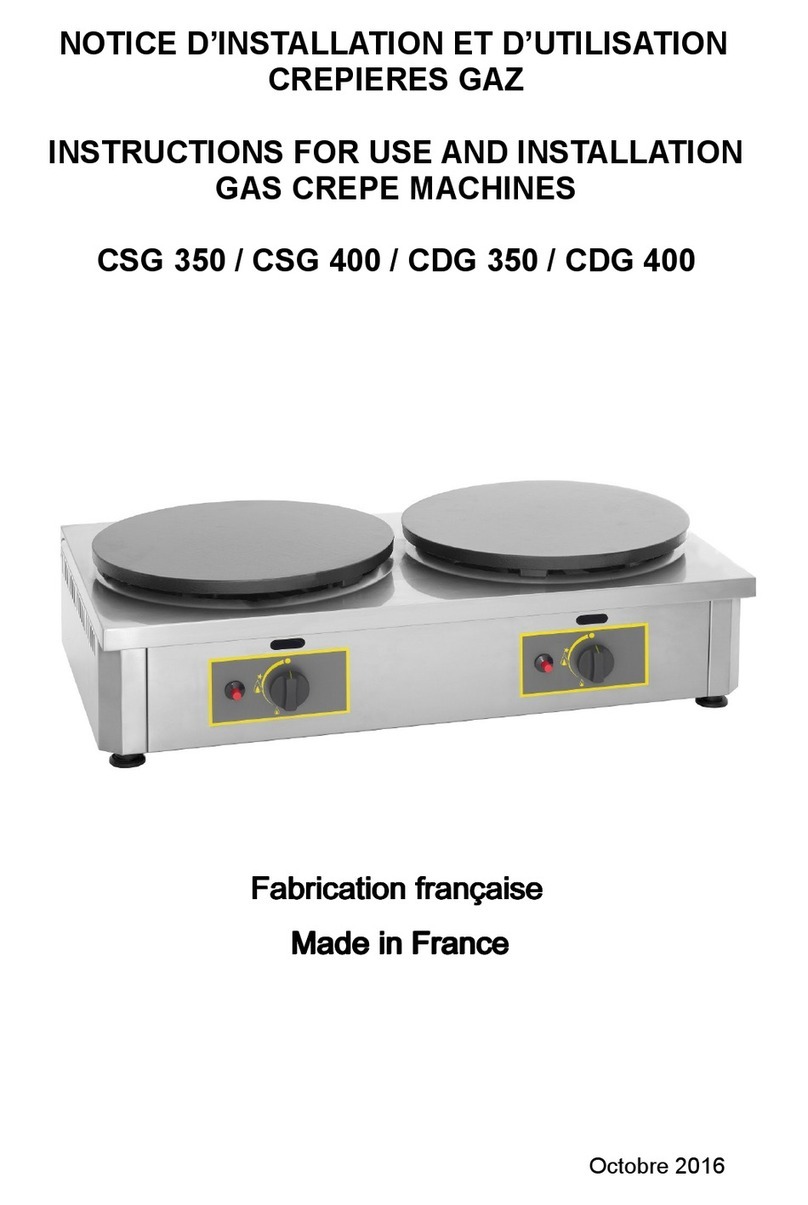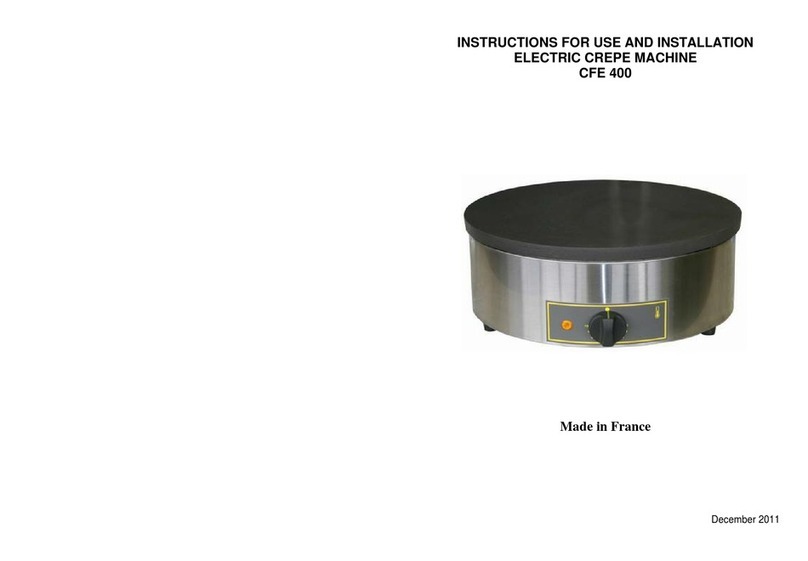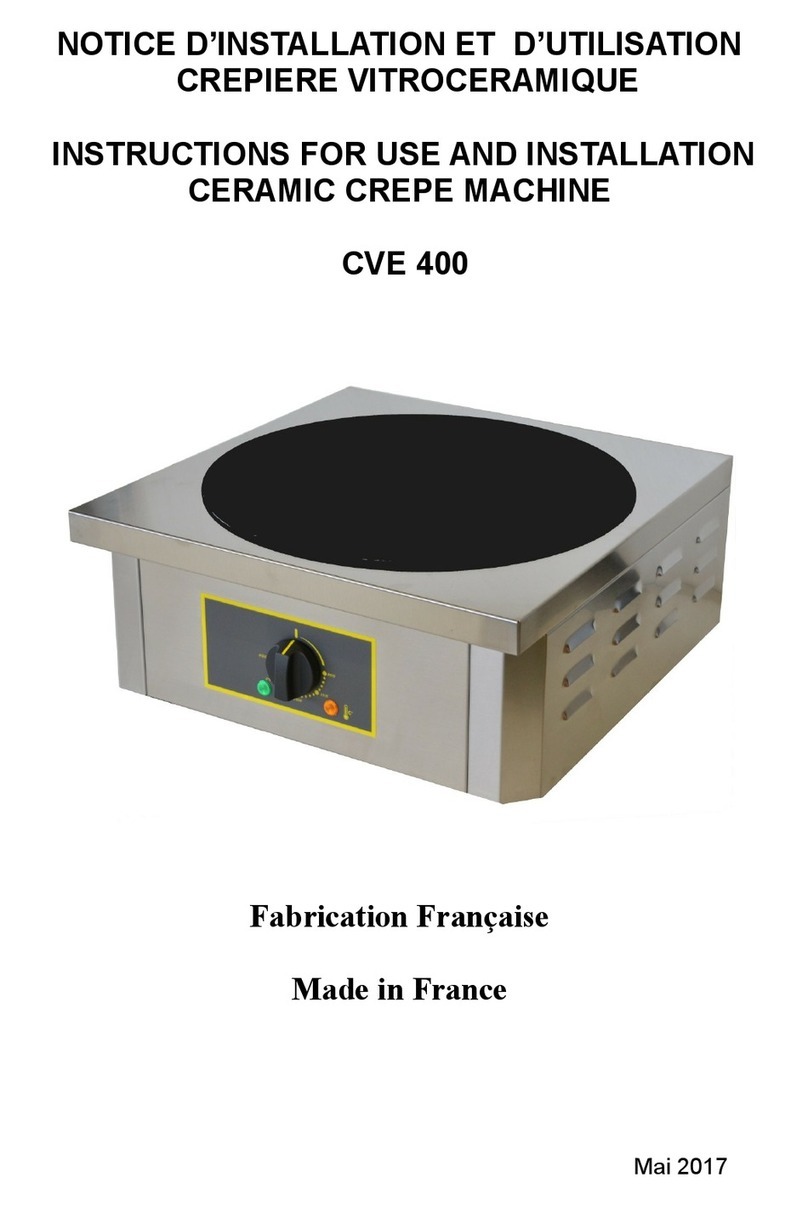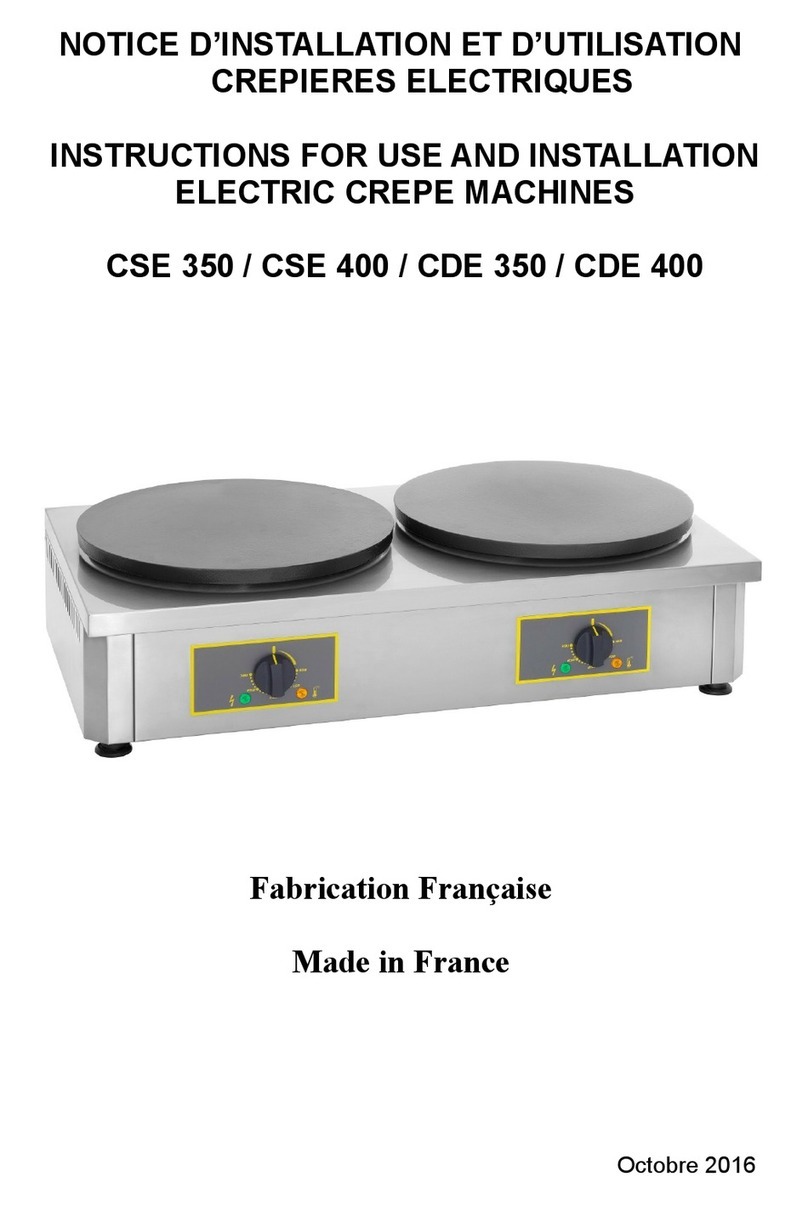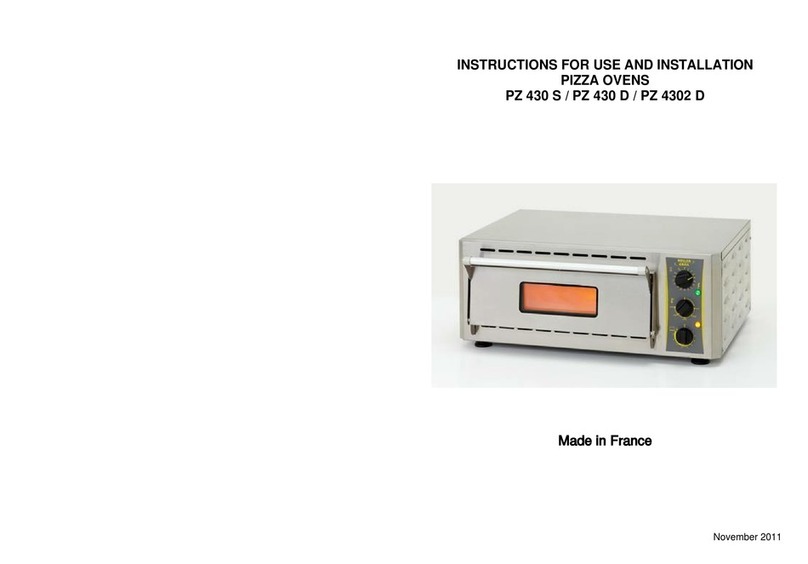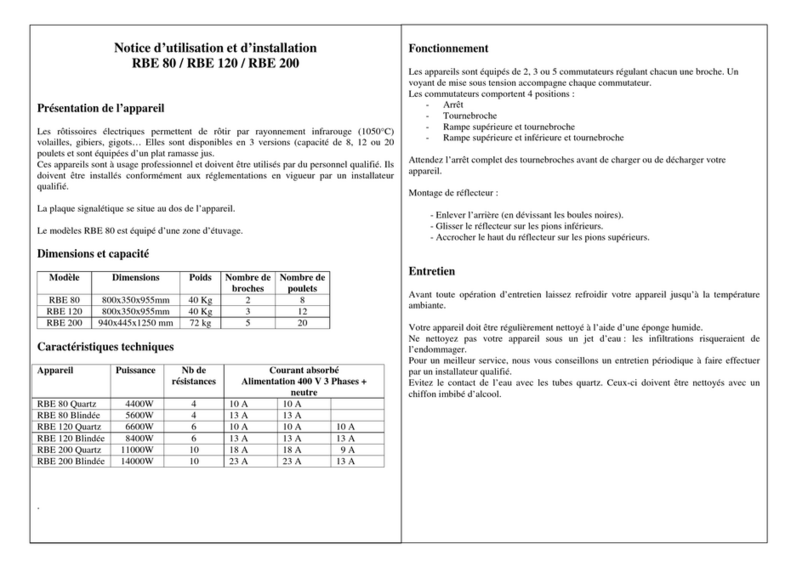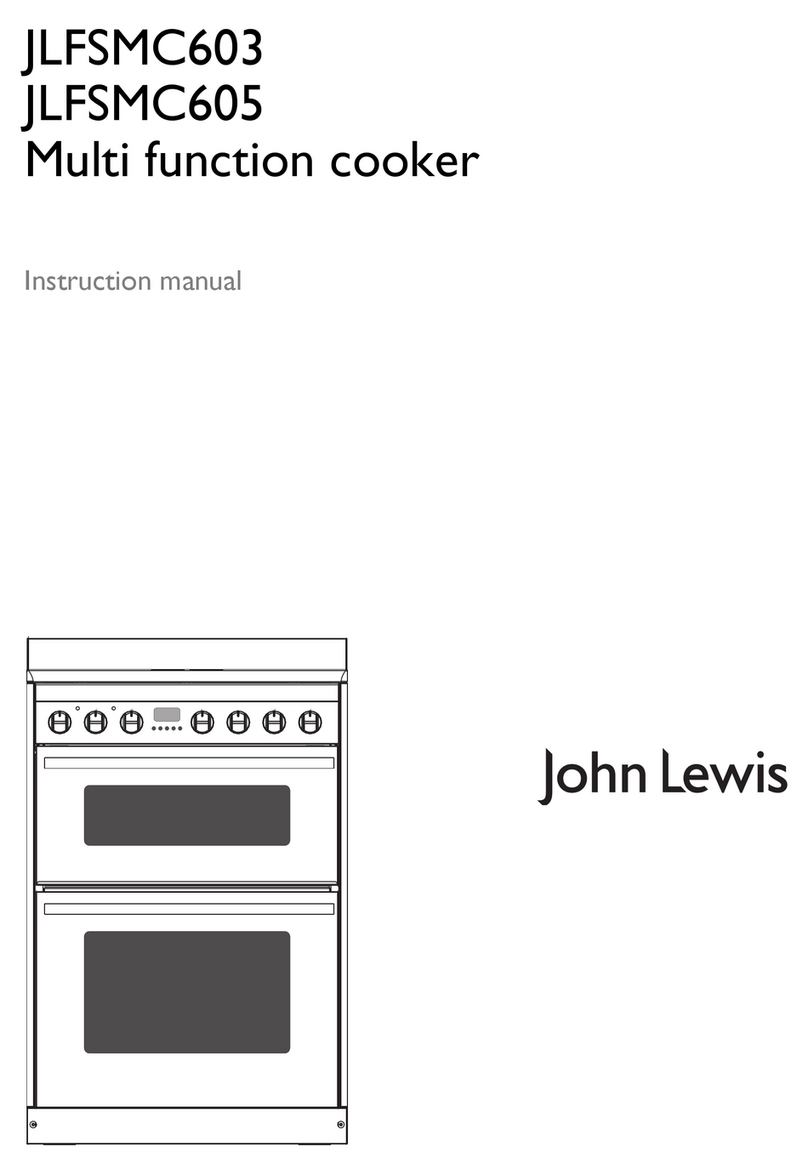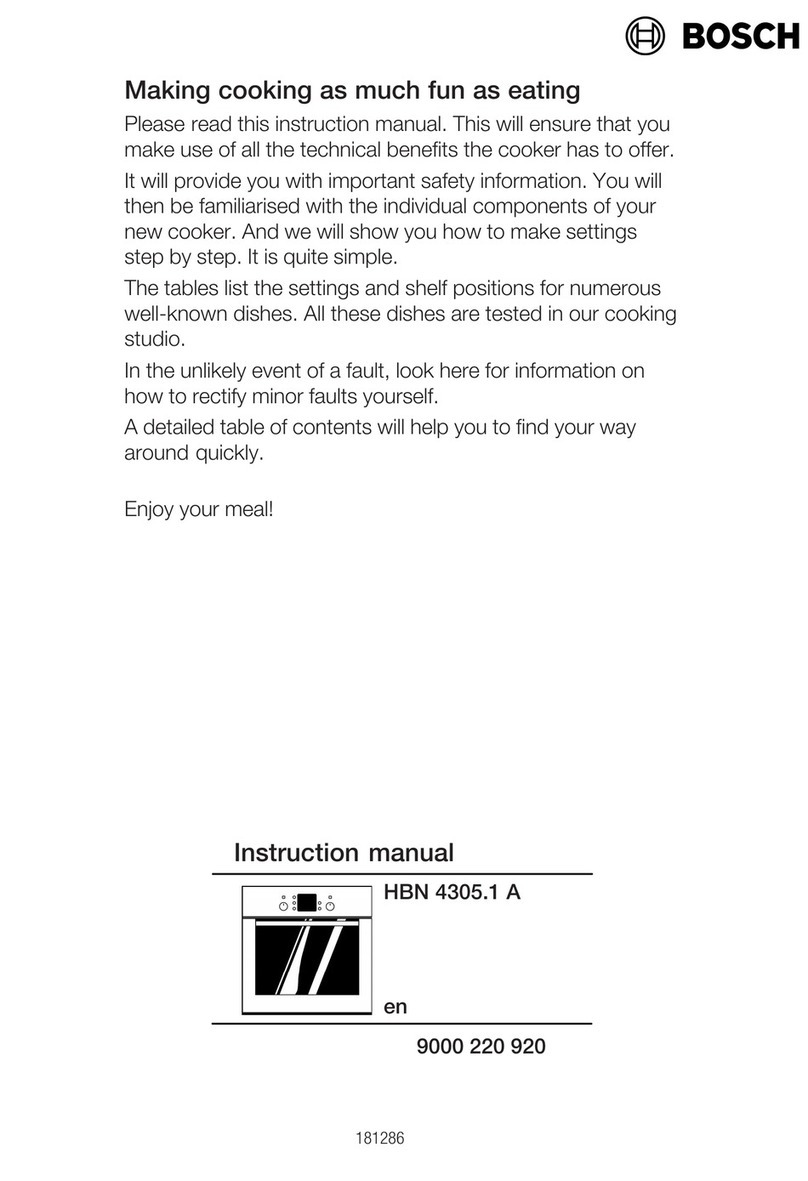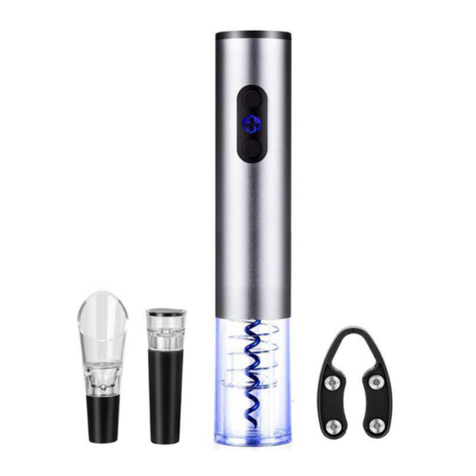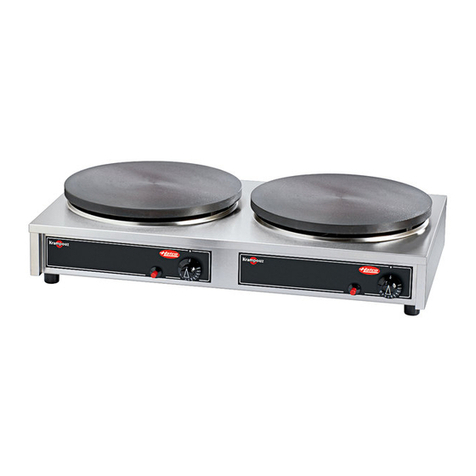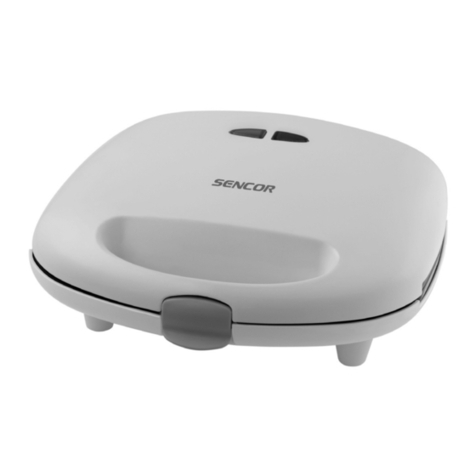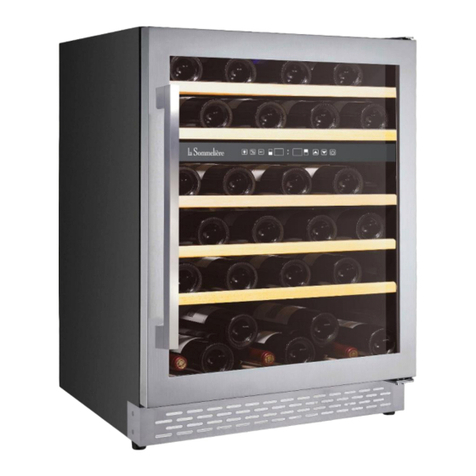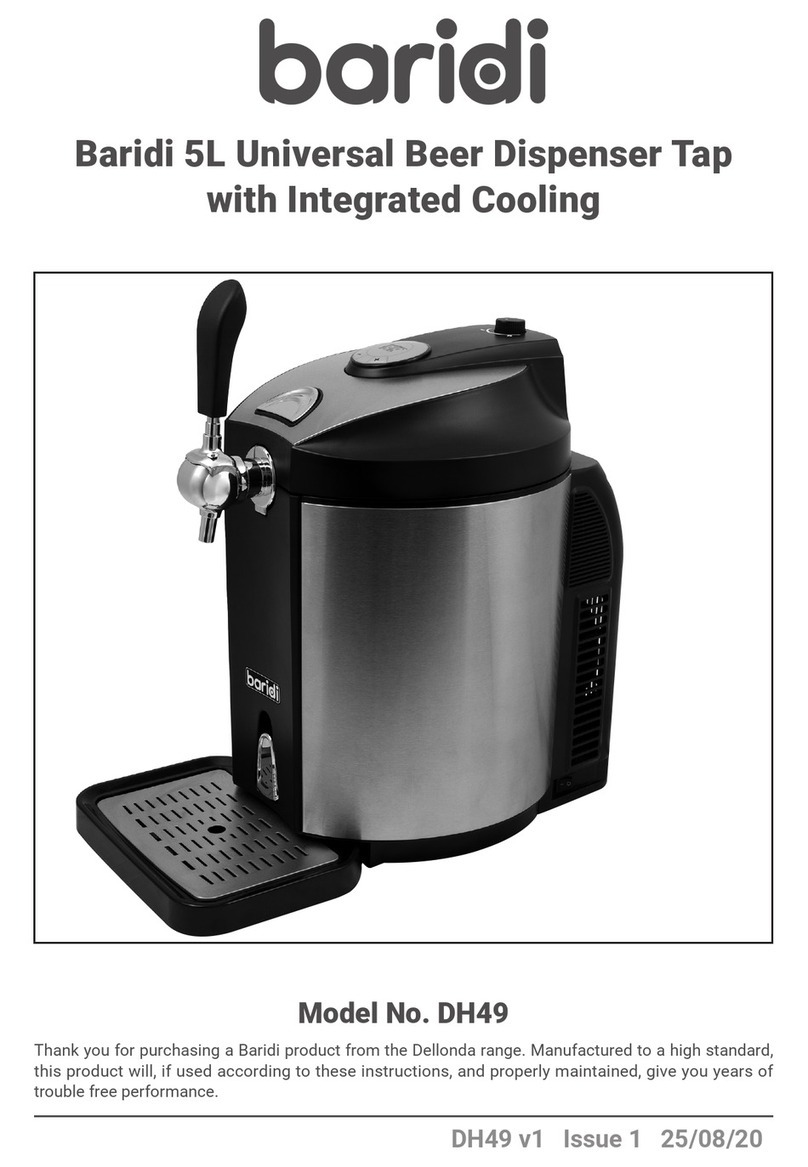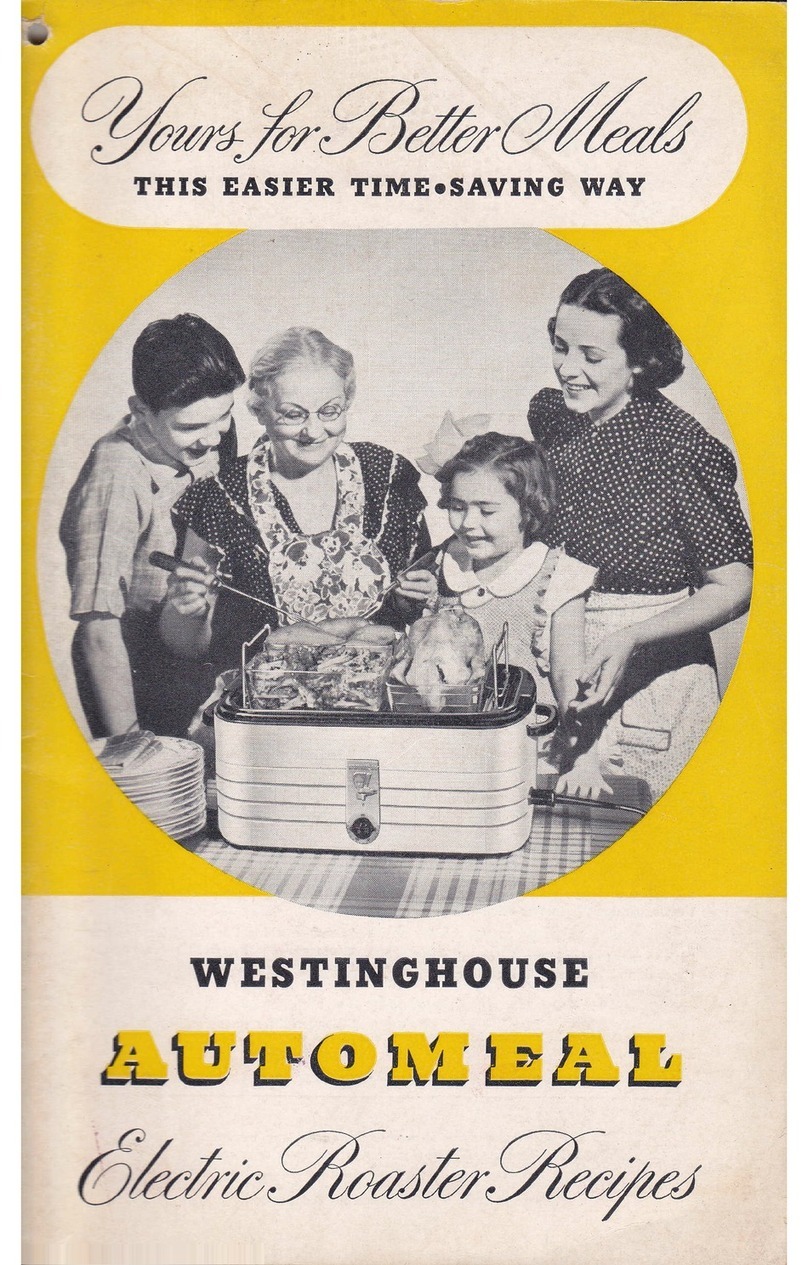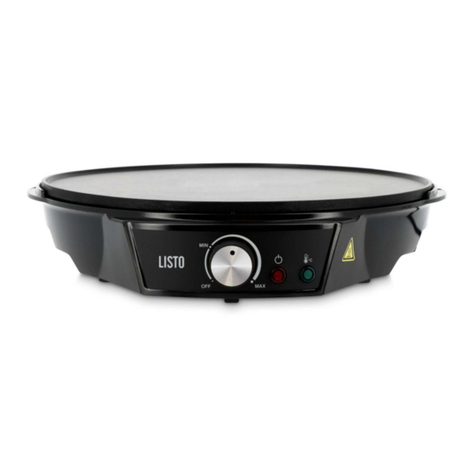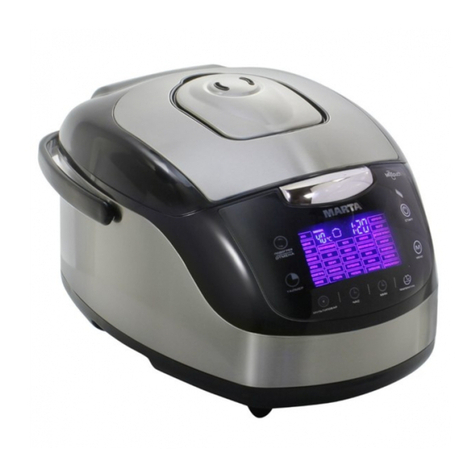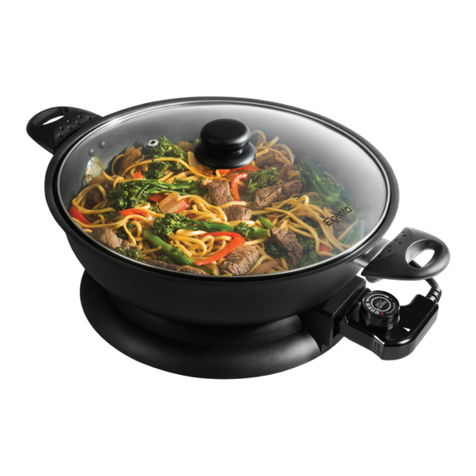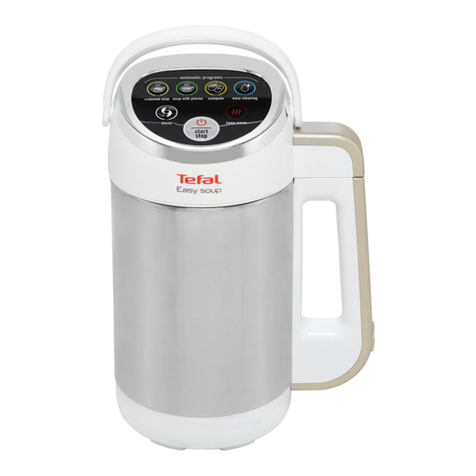
Manual de utilización y de instalación (ES)
901G / 902 G / 903 G
UTILIZACIÓN
Presentación del aparato
Los asadores a gas permiten asar por radiación infrarroja (1050ºC) aves, carnes de caza,
piernas, etc. Están disponibles en 3 versiones (capacidad de 4, 8 ó 12 pollos) y están
equipados de un plato para la recolección de jugos.
Estos aparatos son de uso profesional y por lo tanto se deben instalar conforme a las
reglamentaciones en vigor por un instalador cualificado, y en un local suficientemente
ventilado para impedir la formación de una concentración inadmisible de substancias nocivas
para la salud en el local en el cual está instalado.
La placa de señalización se sitúa en la parte trasera del aparato.
Dimensiones y capacidad
Los modelos 901 G, 902 G están equipados de una zona de estufa.
Aparato Dimensiones Peso Cantidad de
espetones Capacidad (cant.
De pollos)
901 G 800x350x665 30 Kg 1 4
902 G 800x350x870 40 Kg 2 8
903 G 800x350x870 40 Kg 3 12
Características técnicas
Aparato Caudal calorifico Cantidad de radiantes
901 G 3.8 kW 1
902 G 7.6 kW 2
903 G 11.4 kW 3
Funcionamiento
El motor y el soporte de espetón están montados sobre una corredera para posicionar el
espetón más o menos lejos de las radiaciones según el tipo de cocción deseada.
Los aparatos están equipados de 1, 2 o 3 motores que regulan cada uno un espetón.
Encendido: Pulsar el botón del grifo
Girar el grifo a la posición de llama grande
Acercar una llama cerca del quemador
Mantener el grifo pulsado aproximadamente 5 segundos
El quemador queda entonces encendido
Un termopar corta la alimentación de gas en caso de extinción de un radiante.
Se recomienda apagar el quemador cuando el espetón correspondiente está vacío de toda
pieza por cocer con el fin de evitar un calentamiento excesivo del vidrio y de su
empuñadura.
Mantenimiento
Su aparato se debe limpiar regularmente con la ayuda de una esponja húmeda.
No limpiar su aparato con un chorro de agua: las infiltraciones corren el riesgo de dañarlo.
Para un mejor servicio, le recomendamos un mantenimiento cada 6 meses que deberá
efectuar un instalador cualificado.
Su aparato puede funcionar con diferentes tipos de gas. Para efectuar la adaptación, es
necesario recurrir a un instalador cualificado.
Instalación
El aparato se debe instalar conforme a las reglamentaciones en vigor, en un local
suficientemente ventilado.
Las piezas selladas durante la fabricación no deben ser desprotegidas por el instalador o el
usuario.
El caudal de aire nuevo requerido para la alimentación de aire de combustión es de:
901 G 7.6m3/h
902 G 15.2m3/h
903 G 22.8m3/h
Nota: Las paredes laterales de su aparato no deben estar situadas cerca de una pared o de
un tabique constituido de un material combustible, o si no es el caso, recubrirlo con un
material que sea un buen aislante térmico.
Se considera como suficiente una distancia de 30 cm con respecto a un tabique.









